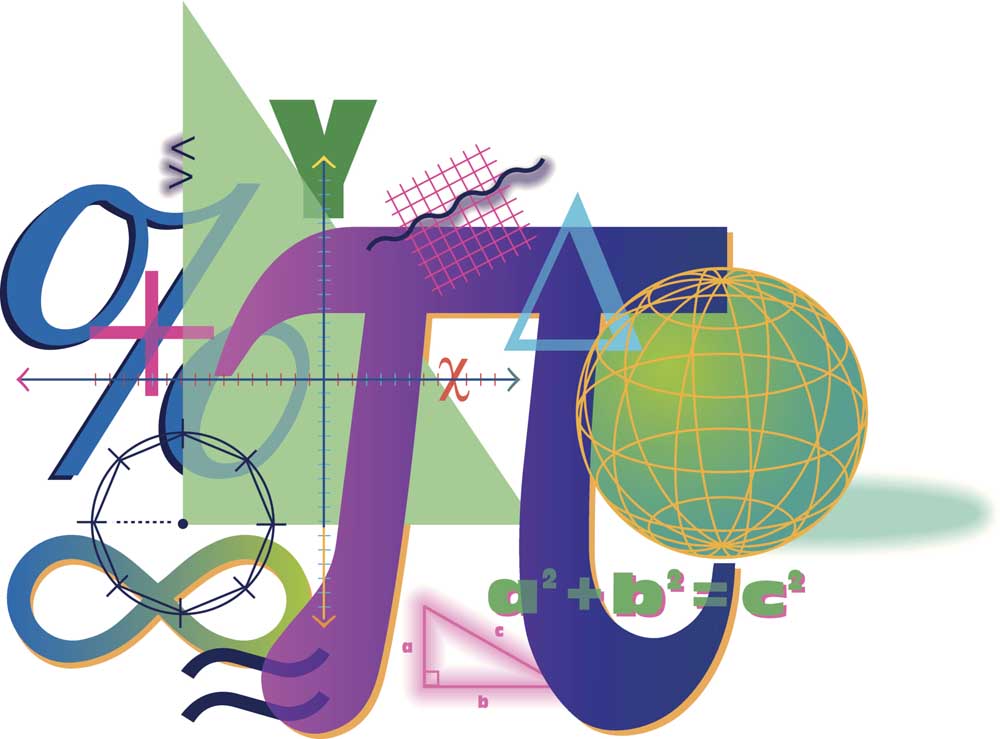Pi Day highlights math … and pie
Published 12:00 am Sunday, March 8, 2015

- Thinkstock
Redmond Community Librarian Josie Hanneman hopes Saturday’s date — March 14, 2015 (3/14/15) — will bring back memories for anyone who has ever tried to calculate the area of a circle, the volume of a sphere or how long it takes a pendulum to complete its swing.
That’s right, it’s National Pi Day, and the Redmond Public Library is celebrating with an event wherein Central Oregon fifth-graders will get a chance to do math, eat pizza and pie and recite the digits of a mathematical constant that never ends (see “If you go”).
“I thought it would be a really cool idea to have fun with math, science and treats,” said Hanneman, who celebrated Pi Day when she taught school in Bolivia five years ago. She wanted to bring the party to Central Oregon with this week’s celebration.
For people who might not remember anything they learned from their math classes in school, pi is an irrational number calculated by dividing the circumference of a circle by its diameter. It has an infinite number of digits that according to the Pi Day website go like this: 3.14159265358979323846264 …. And so on.
Referred to by the Greek letter π, pi plays a key role in several mathematical formulas, including those used to calculate the area of circle (πr²), the volume of a sphere (4/3 ∙ πr³) and the surface area of a cylinder (2πrh + 2πr²). It makes appearances in the formula Isaac Newton used to calculate the length of a pendulum’s swing, Werner Heisenberg’s uncertainty principle and Albert Einstein’s field equation.
Because of its utility and infinite length, pi gained a cult following among mathematicians such as Archimedes, who calculated pi out to three digits in 250 BCE by figuring out the perimeter of a 96-sided polygon he fit inside a circle; George Reitwiesner and John von Neumann, who stretched their calculation of pi to 2,037 digits using an ENIAC computer in 1949; Lu Chao, who recited 67,890 digits of pi from memory in 2005; and Yasumasa Kanada, who calculated a 1.24 trillion-digit version of pi with a Hitachi supercomputer in 2009.
Physicist Larry Shaw added his name to this distinguished group of pi lovers when he and some of his friends marched around a circular space at the San Francisco Exploratorium on March 14, 1989, before going back to their office and eating fruit pies.
His original Pi Day celebration later inspired Dan Helerich, who created the Pi Day website to promote “cool pi-related things from around the web” in March 2001, and the U.S. House of Representatives, which in 2009 passed a resolution making March 14 “National Pi Day.”.
But while this resolution officially recognizes the awesomeness that is pi, it also recognizes a few things that aren’t so cool:
• Fourth- and eighth-graders from Taiwan, Singapore, Russia, England, South Korea, Latvia and Japan outperformed their American peers on a series of international math and science tests that were administered in 2007.
• Students in the United States had shown “minimal improvement” on their math and science test scores between 1995 and 2009.
• Eighth-grade boys consistently outperform eighth-grade girls on biology, physics and earth sciences tests, and
• Students who come from predominantly minority or impoverished school districts have the lowest math and science test scores in the country.
Former U.S. Rep. Bart Gordon, D-Tennessee, and the resolution’s other authors encouraged schools across the country to celebrate Pi Day in light of this situation because they thought “learning about pi can be an engaging way to teach children about geometry and attract them to study science and mathematics.”
The more students are interested in math and science, they argued, the more likely they are to pay attention in their classes and the more they can learn.
Hanneman gave the same answer when asked why she thinks its important for people to celebrate Pi Day.
“It’s a fun way to play with math,” she said.
Hanneman said students start to lose their natural fascination with math and science right about the fifth and sixth grades, which is also right about the time they start learning about pi and the things it can do.
She said Pi Day celebrations — which even in the case of physicist Shaw boil down to nothing more than talking about math and eating tasty pies — can put the fun back in these subjects, and that just might be what helps students get over the fact they need to know only 39 digits of pi to make an accurate calculation.
“Sometimes the fun gets missed,” Hanneman said, explaining the amount of fun to be had at her Pi Day celebration really depends on who shows up and how much pie — pizza or fruit — they want to eat.
— Reporter: 541-617-7816, mmclean@bendbulletin.com






